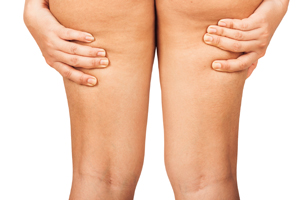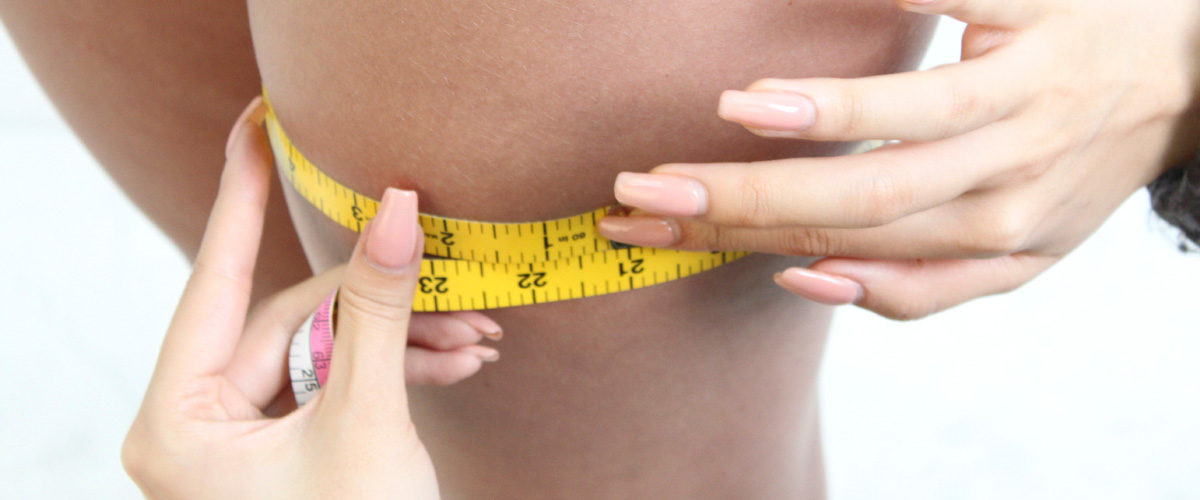Inner, Outer and actually, thighs in general it seems, are the source of much discomfort, embarrassment and anxiety when we don’t like the way they look.
Anyone who has walked through a grocery store checkout has most probably witnessed at least a few magazine covers showing off celebrities, who’s legs look annoyingly perfect. The quest to fit the mold of someone who has ‘nice legs,’ is an understandable one. If you have wanted to alter the appearance of your legs, a thigh lift might be something to consider. However any surgery comes with physical as well as financial costs. Before undertaking any surgery it is most important to understand what kind of pressure you are putting your body through and how long it will take for you to feel like your normal self again.
 Thigh Lift Recovery Time
Thigh Lift Recovery Time
In deciding to undergo a thigh lift you will probably want to know how long it will take for you to recover from the surgical removal of the skin and excess fat. The answer is that it really depends on exactly how much work needs to be done on your legs and your bodies response to the surgery. Here are some guidelines on how long you might be out for, and what kinds of post op pain, swelling and bruising you are likely to experience.
Thigh lift bandages
After waking up from surgery, most patients will have bandages over their incisions and will probably have drains to prevent blood and fluid from building up under their skin. It’s most important to follow doctors instructions relating to dressing and how often they need to be changed. Drainage tubes can be removed three to five days after surgery.
Compression garments will also be on the patient to hold their incisions in place. These should be worn up to three weeks after surgery.
 Aftercare
Aftercare
Once the anesthesia wears off the patient may feel sore and uncomfortable but prescribed painkillers should manage this pain. For the first three or four days patients are commonly prescribed strong narcotic pain killers like vicodin. After the initial few days though, they will most probably be able to manage the pain with Tylenol. The patient is not allowed to consume aspirin or ibuprofen as these medications can increase bleeding. Your doctor will most probably have prescribed an antibiotic to prevent infection. It is most important that all medication prescribed by your doctor be taken according to the specified instructions.
Back to Work
About two to three weeks after surgery, patients should be able to return to work and begin sitting on their thighs with the support of pillows.
 Around one month after surgery, the patient may stop wearing their compression garment, and the swelling of the thighs should be gone.
Around one month after surgery, the patient may stop wearing their compression garment, and the swelling of the thighs should be gone.
Six to eight weeks after surgery, patients will be able to begin their normal exercise routines.
Around three months after surgery, patients should begin noticing that their scars are fading. They should be fully recovered by about six to twelve months after surgery.
There are strict rules in place to limit the activity of thighplasty patients for up to 6 weeks after surgery and sometimes longer. Some of the things patients are advised against are:
- Undertaking aerobic exercise of any kind
- Taking showers (The water pressure is likely too much for your ears so baths are suggested)




